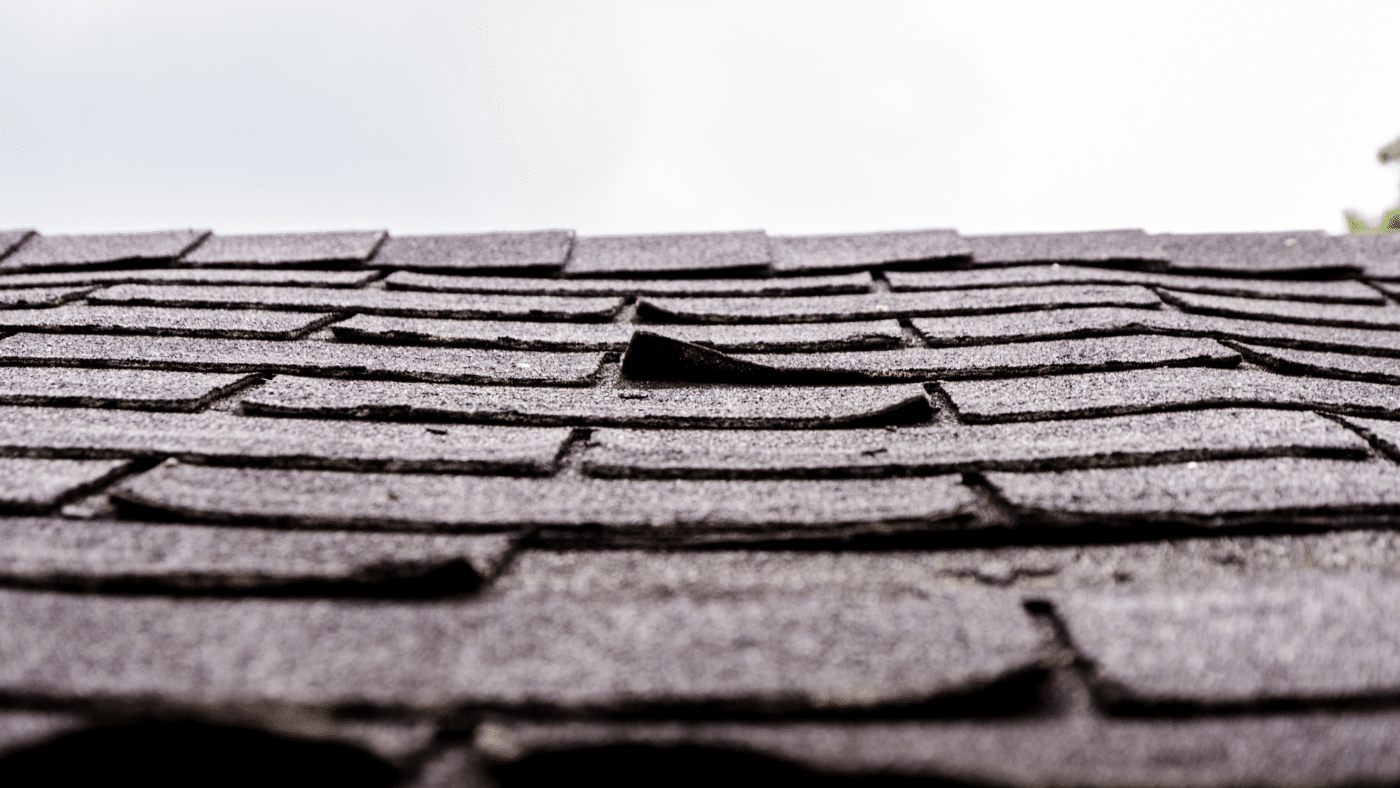Unraveling Roof Damage: Evaluating Effects on Asphalt Shingles
Damage to roof coverings can occur from events such as thunderstorms, tornados, and hurricanes that produce hailstones and high winds. These events can lead to hailstone impact damage to the roof covering, removal or displacement of the roof covering, and even damage from debris lifted by the winds of the storm.
As forensic engineers, one of our responsibilities is to determine if the roof covering has suffered from storm damage – something easier to determine in some instances than in others. It is also our responsibility to provide clients with general repair scope, i.e. based on our expertise, what is a reasonable amount or quantity of work required for removal and/or replacement of the roofing to return the roof to a condition equivalent to the state it was in prior to the storm event. A common question is what amount of shingle replacement or manipulation will be required to repair a damaged asphalt shingle roof.
In this blog, we discuss some basic information about asphalt shingles along with a field technique that can be used and one that should not be used to determine how many asphalt shingles would need to be removed and replaced in the event of damage.
Asphalt Shingle Basics
Asphalt shingles are the most popular choice of roof covering for residential homes. The most common types are the laminated “architectural” shingle and the three-tab shingle. The architectural shingle provides a more “stacked” profile and looks similar to that of a traditional wood shingle roof. Because of this, architectural shingles are typically thicker, more durable, and therefore have a longer useful life. Three-tab shingles are named so because each shingle is made up of three individual tabs. These types of shingles have a flat profile, tend to be thinner than architectural shingles, and are uniform in shape and size. Three-tab shingles are also less expensive than architectural shingles.
The manufacturing process may vary depending on the type of asphalt shingle, but each type is essentially comprised of fiberglass or organic reinforcement which is coated with asphalt or modified asphalt. Stone or ceramic granules are placed on the upper/exposed surface and the underside of the shingle is treated or a material is adhered to the underside to prevent the shingles from sticking together while packaged and prior to installation. As for the installation of the shingles, the manufacturer should provide:
- a guide to the nailing pattern
- number of nails based on roof slope and required wind resistance, and
- if additional steps need to be taken at the interface between the roof and vertical surfaces (wall, chimney, etc.).
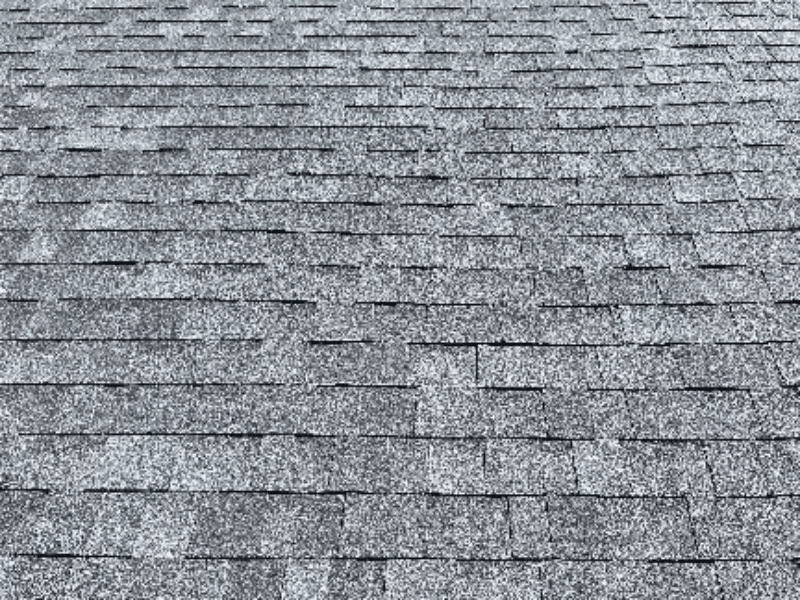
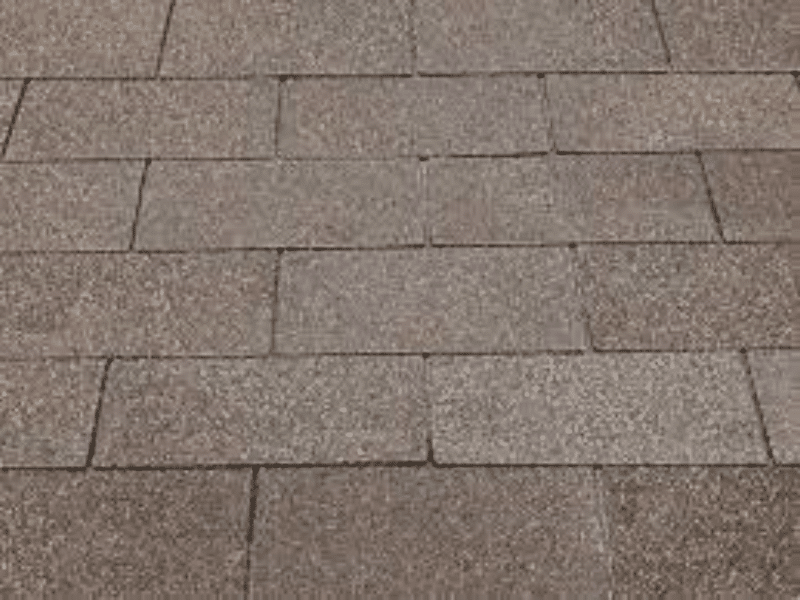
Figure 1 (Left): Image of Laminated Asphalt Shingles | Figure 2 (Right): Image of Three-Tab Asphalt Shingles
Field Techniques for Assessing the Damage
Once it has been determined that the shingle roof covering has been damaged due to a storm event, the next step is to figure out how many shingles need to be removed and replaced or spot repaired. The easiest and lowest cost repair would be to replace only the shingles which are physically damaged. In some cases, shingles are not physically damaged, but do display a loss of adhesion. This loss of adhesion typically occurs from long-term issues such as deterioration over the life of the shingle and freeze-thaw cycles. The weakened adhesion of the shingle bottom edge does make the shingle more susceptible to being lifted from lower wind speeds that would typically not affect properly installed asphalt shingle roof coverings that are not near the end of their estimated useful life (EUL). One easy repair application is to apply a form of roofing cement to re-adhere the bottom edge down, preventing winds and even rain from getting underneath the shingle and causing damage to the shingle such as creasing, tearing, or even full removal.
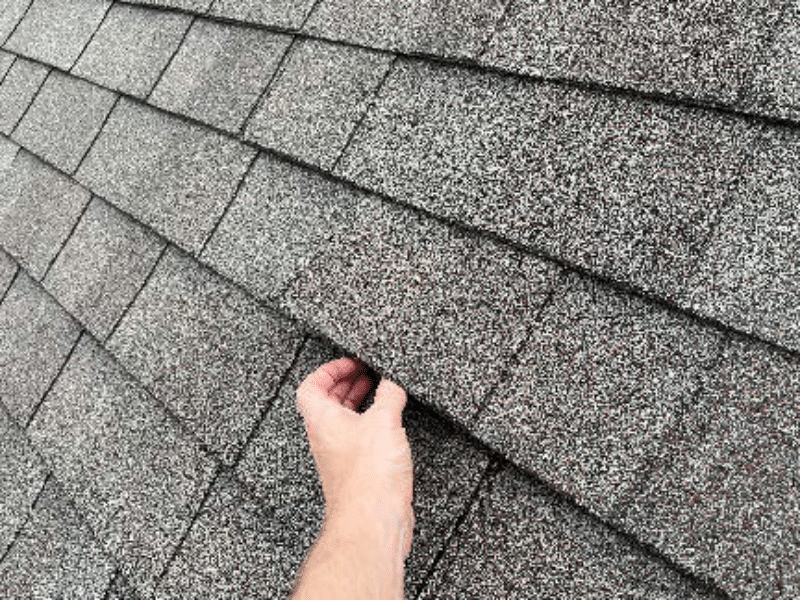
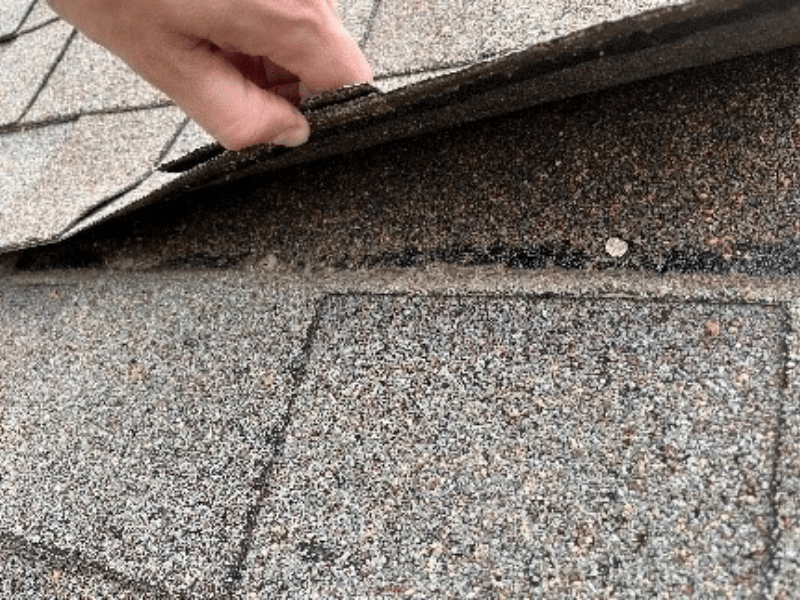
Figure 3 (Left): Image of Loss of Adhesion | Figure 4 (Right): Image of Loss of Adhesion
If it is determined that a shingle or multiple shingles are damaged from wind, hail, or another source, and the shingles need to be removed and replaced, it may be difficult to determine how many shingles need to be replaced, and unfortunately, there is no industry accepted test method to determine this.
You may have heard of instances where a “brittleness test” was conducted to determine the reparability of the asphalt shingle roof covering. Truthfully, the brittleness test is not a standardized test method and there is no accepted documentation about how to perform this test. Because shingles are lifted by hand, the force used to lift the shingle will vary from person to person it is difficult to establish failure or acceptance criteria for this “test,” such as:
- the force required to tear the shingle
- the ease of lifting of the shingle
- how much the shingle bends
- the angle of the shingle from the roof surface
Furthermore, purposeful damage to the shingles can occur when trying to show the “brittleness” of the shingles making it a less-than-effective way to demonstrate that the whole roof covering or shingles or a much larger section of shingles than necessary is actually damaged and has to be removed and replaced.
The main method of determining removal and replacement is to access the damaged shingles and determine, by carefully lifting, if the fasteners can be accessed in a reasonable way i.e., can a hammer or pry bar be used to remove and replace the fasteners, and subsequently can a nail gun be used to install new fasteners. Prior to performing this type of field inspection, permission from the homeowner should be provided and photographic documentation should be taken of the shingles before, during and after the inspection. If the fasteners are easily accessed, the removal and replacement may only include the damaged shingle. However, if the shingles are newer, thicker and do not lift as easily or if they are deteriorated and prone to tearing easily, further removal and replacement of more than just the damaged shingles may be necessary.

Figure 5: Image of Shingle Repair Provided by FineHomebuilding.com
When You’re Ready to Install
For the installation of new shingles, you should always follow the installation instructions provided by the manufacturer. Typically, an identification marking for the manufacturer can be found on the underside of the shingle. Unfortunately, those markings are mostly found on the strip placed over the adhesive on the underside of the shingle, which is usually removed during installation. As result, you might have to rely on a roofing contractor or the insurance company to provide the name of the manufacturer.
Once the manufacturer is determined, installation instructions can generally be found on the company’s website. The installation instructions will indicate such things as number of fasteners per shingle based on the slope of the roof, how to apply starter courses (as needed), and flashing requirements just to name a few. Additionally, requirements for the new shingle roof covering can be found in the International Residential Code that is currently adopted by each state. These codes can be found in the International Code Council website and are typically free to view.
For more information on roof condition assessments and how VERTEX can assist, please contact bmayberry@vertexeng.com or assignments@vertexeng.com.
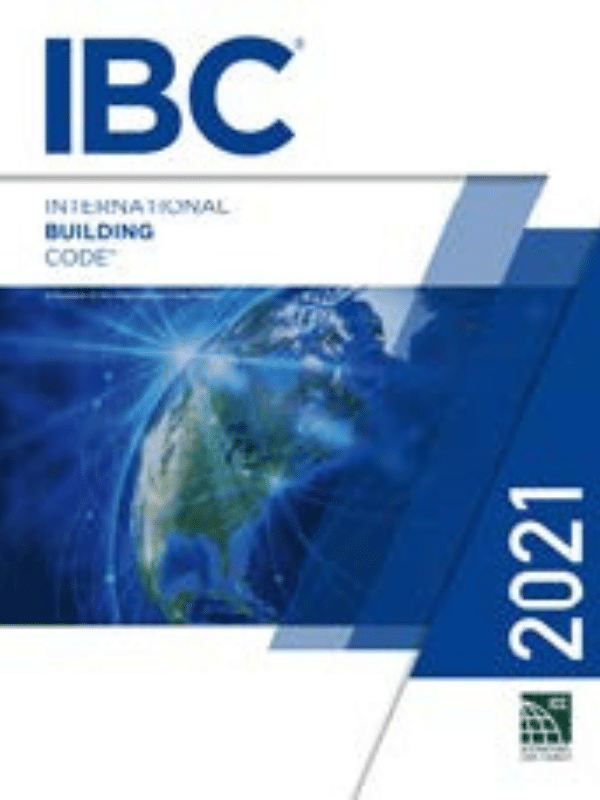
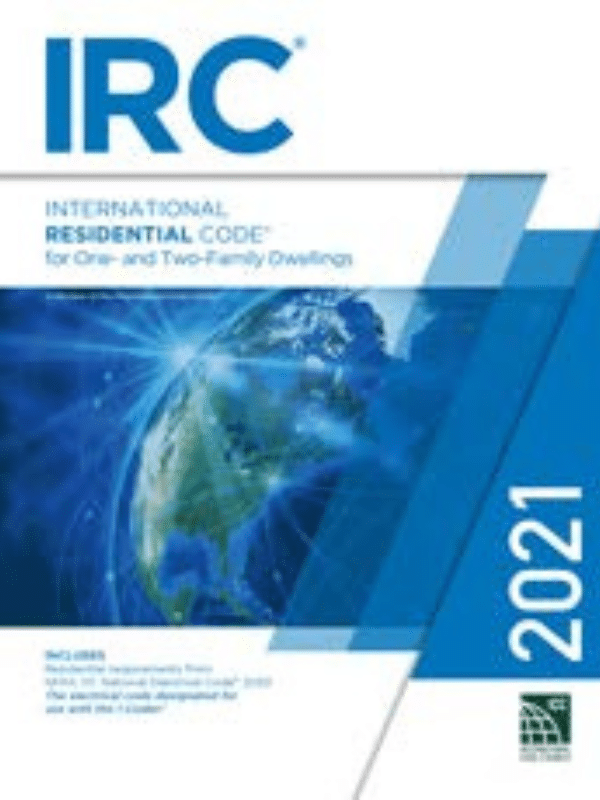
Figure 6 (Left): Image of 2021 IBC | Figure 7 (Right): Image of 2021 IRC
Author: Blake Mayberry



